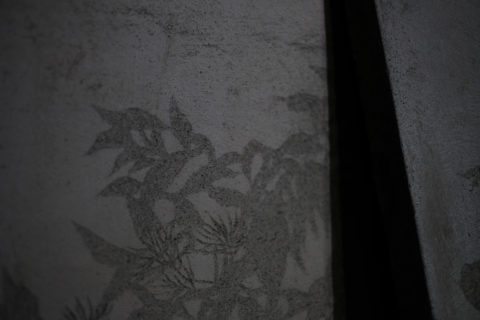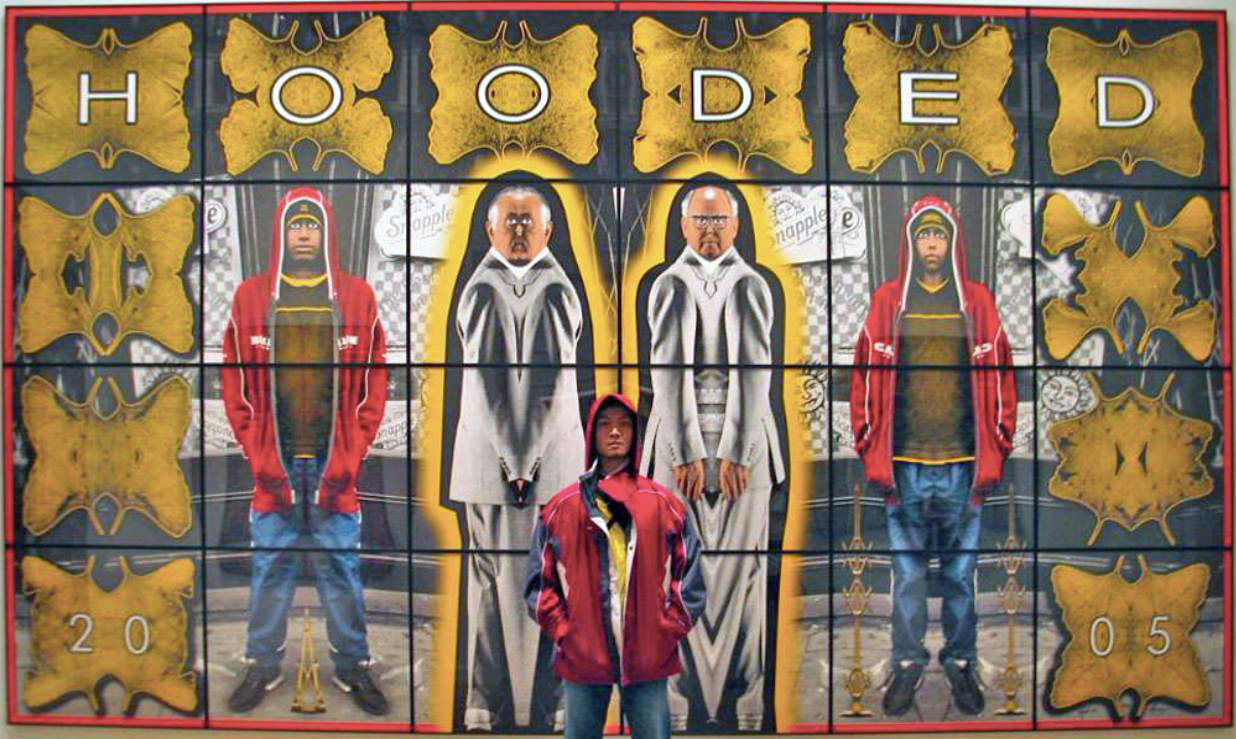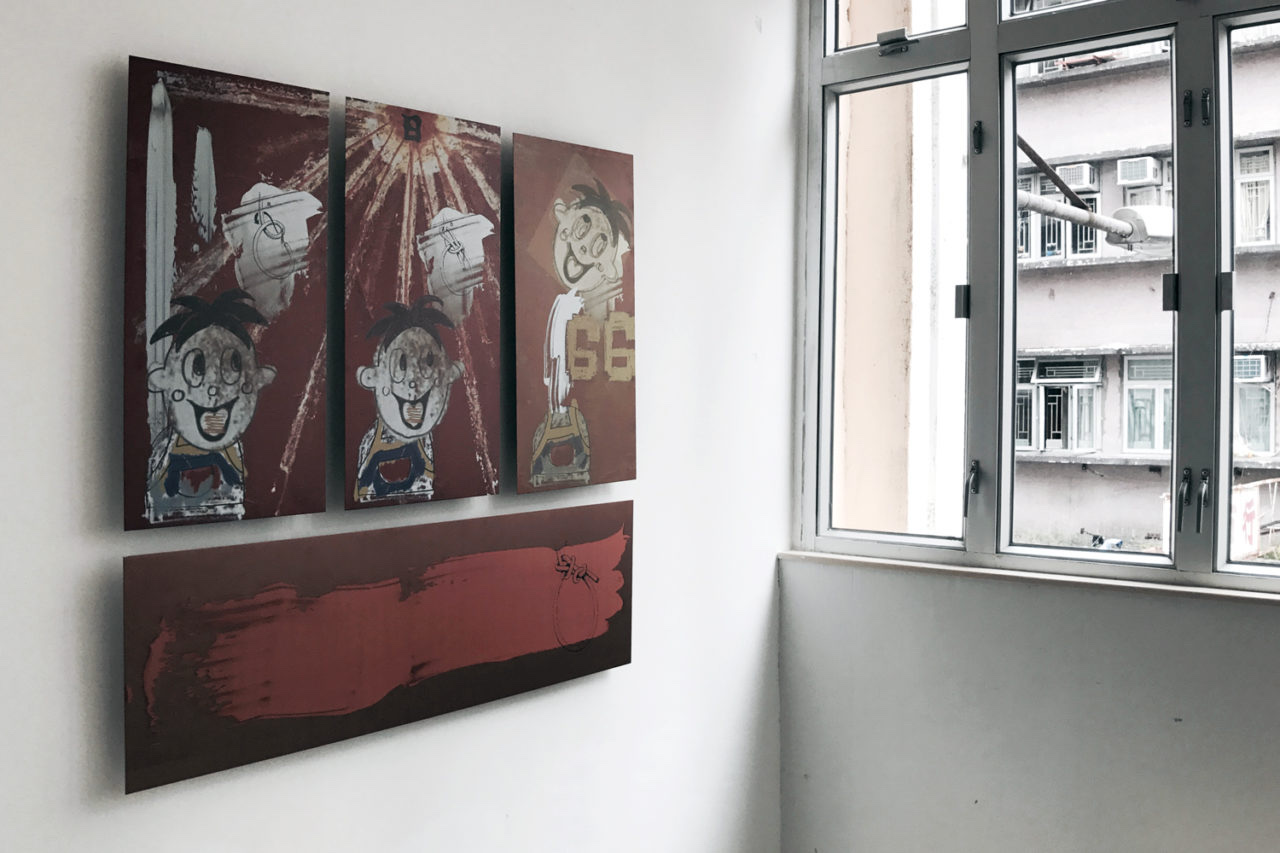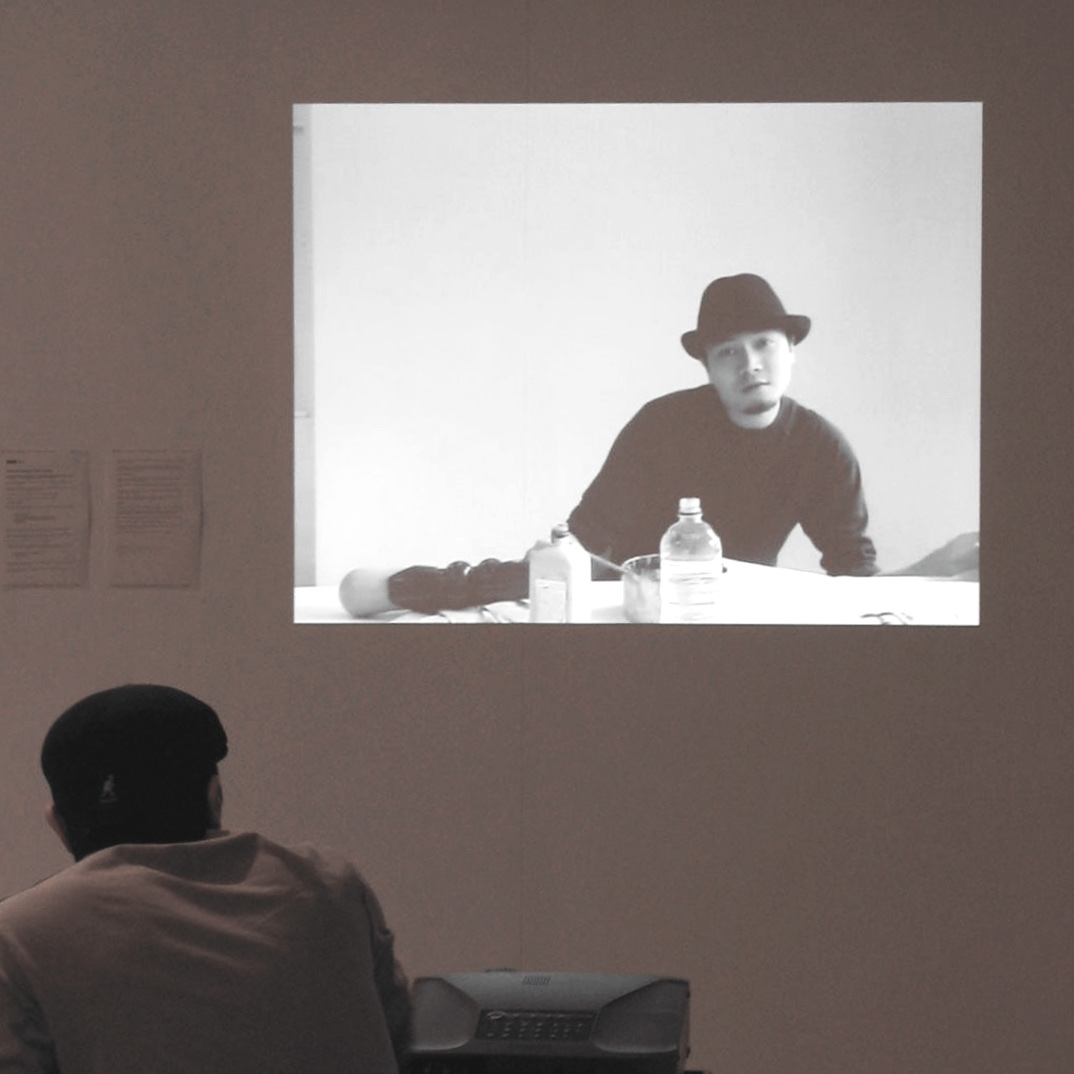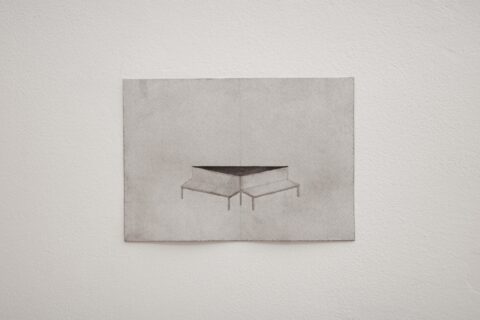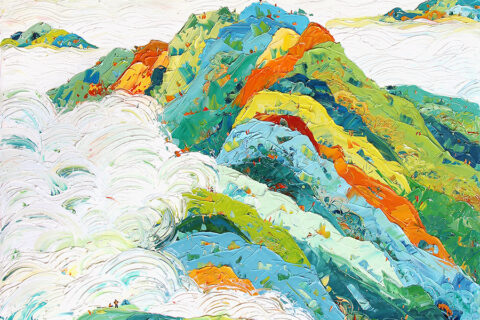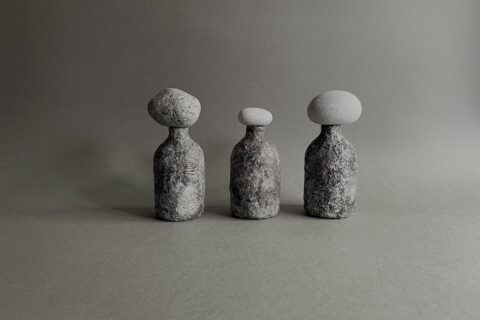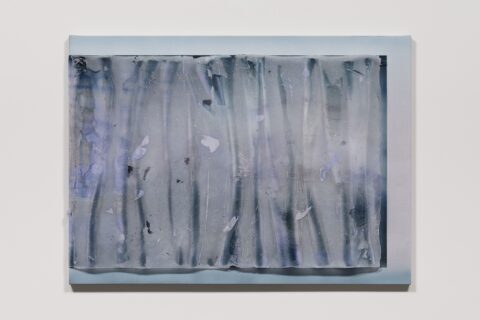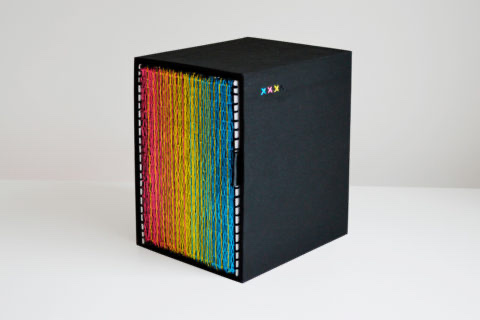香港藝術家羅文樂說自己是個「頗沒關係的關係者」。
自稱為怪叔叔,他在一個快將結束的藝術空間做了一場疑似回顧展,他稱之為「還未棄掉作品展」。
展覽名為〈咩囉〉(The ABCs of Law)。在〈咩囉〉中的作品都具社會及政治意味 —— 小飛象與黃傘,超人與彩虹,還有大亞灣核電廠被放大拆解成局部大特寫幻燈片。在藝術展覽中,通常最受注目都是作品,但〈咩囉〉讓我最感興趣的是那「ABCs」。「ABCs」 是羅文樂在創作路上對他有影響的概念,也是他對藝術家、創作、空間等概念的思考沈澱。藝術作品永恆地在焦點之下,背後創作的理念許多時都被忽略,彷彿有形有相的才會被看見。但在〈咩囉〉中,最「悅目」的就是背後的概念。
大抵每個當代藝術家都或多或少受到杜尚的影響,他的反藝術、反藝術家的宣言,往往令創作者在創作時反思當中的義意。在〈咩囉〉展覽中看見羅文樂在作品安排中的隨意性,那種沒有剎有介事的展出安排,以及作品之間那種似有還無的關連,他自己稱之為「怪展覽」。「怪」大抵就是不受主流拘束與定義,被認為反叛及浪漫,就是藝術家經常被加諸的定義,羅文樂笑說:「這是藝術家萬惡的不切實際及浪漫之源。」
作為觀眾,假若以慣常的觀賞作品形式去看〈咩囉〉,可能會出現以下的想法:不知藝術家在做甚麼,大抵這些藝術家都隨手弄來的作品,然後來一趟不明所以的展出。但不明所以的核心,就是那些多半沒有被留意,貼在展場一角的「ABCs」概念。「 ABCs」加上羅文樂那些看似沒甚關係的「還未棄掉作品」,是他藝術家的身份以及藝術本質等思考,也希望能引起參觀者的反思。
當大眾都對藝術或者藝術家放進非一般大眾的框架來閱讀時,同時也賦予他們非主流的反叛本質。因為有著反叛本質,說不定藝術能改變社會的甚麼,或者創出甚麼的新景象。「藝術不是definition,是function。」怪叔叔說。
Law Man Lok, a Hong Kong artist, said that he is an “interested party with hardly any interests”.
Law, who calls himself “weird uncle”, has put together a seemingly retrospective exhibition at an art space closing soon. He called it “an exhibition of works yet to be discarded”.
Titled The ABCs of Law, the exhibition showcases works that carry political or social meanings – Dumbo and yellow umbrellas, superman and rainbows, as well as a slideshow of a close-up of various parts of Daya Bay Nuclear Power Plant. Normally when it comes to art exhibitions, the exibits themselves attract the most attention. Nevertheless, I have been most intrigued by the “ABCs” of this exhibition. “ABCs” are the ideas that have influenced Law throughout his art career, as well as his distilled thoughts about such concepts as artists, creations and space. With art creations forever under the spotlight, creative concepts are often neglected, as though only those taking on a physical form can be seen. However, at The ABCs of Law, the most “eye-catching” of all are the concepts behind.
Almost every contemporary artist has been influenced, to a certain extent, by Marcel Duchamp, whose anti-art and anti-artist declaration has always prompted creators to reflect upon the meaning of the creative process. At The ABCs of Law, which Law refers to as a “weird exhibition”, you can see a kind of randomness in how he arranges his exhibited works, as well as an allusive association between his different pieces. “Weird” principally points to not being restricted or defined by the mainstream. That such artists are regarded as rebellious and romantic are definitions frequently imposed on them. Law said jokingly, “This is the root of all the evil associations to artists as being unrealistic and romantic.”
As viewers, if you see The ABCs of Law the same way as you do regular art pieces, you might have the following thoughts: at a lost of what the artist is doing, and thinking that the artist has probably selected works at random for an ambiguous exhibition. The core of such ambiguity lies in the hardly noticed concepts of “ABCs” pasted on the wall at a corner of the exhibition space. ABCs, together with “works yet to be discarded” that are of seemingly little relevance, are a contemplation on his identity as an artist and the nature of art, and hopes to encourage reflection on the part of viewers.
When the public view art or artists inside the frame of non-general public, they give them a rebellious nature, which is non-mainstream, at the same time. Given its rebellious nature, art might be able to bring certain changes to society or create certain new aspects. “Art is not a definition but a function”, says Weird Uncle.
